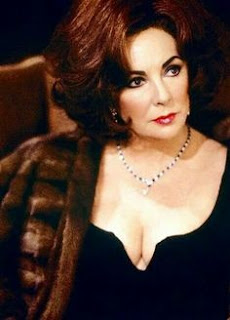10/15: Taylor is included in the new book Tokin' Women: A 4000-Year Herstory
 |
| Ten-year-old Taylor in Jane Eyre (1943) |
Taylor won several humanitarian awards for her work raising over $10 million and much awareness for AIDS at a time when no one wanted to acknowledge the disease. She is remembered for her addictions to alcohol and painkillers, and according to one biographer, smoked pot.
 |
| Taylor with Christopher Lawford |
Taylor's fourth husband Eddie Fisher was revealed to be a pot smoker by his daughter Carrie in her 2008 book Wishful Drinking. In his 2008 autobiography, Tony Curtis says marijuana was very popular in Hollywood around the time of his 1971 bust for carrying pot through Heathrow airport.
Taylor was 19 in 1951 when she was cast in A Place in the Sun opposite Montgomery Clift. She had a lifelong devotion to Clift, who smoked marijuana (as did James Dean). According to Patricia Bosworth's biography of Clift, Libby Holman, the 16-years-older actress with whom Clift was involved, "got into the so-called exotic states of consciousness in the twenties with Tallulah Bankhead...Paul Bowles recalled discovering a supply of 'very good grass' in a humidor in Libby's brownstone the day Allen Ginsburg and Peter Orlovsky came to call." Bosworth wrote of Holman's home during the time she and Clift were involved, "Marijuana, cocaine and mescaline were available at the Treetops."
 |
| Twenty-year-old Taylor in Ivanhoe |
While in England filming Ivanhoe, Taylor began dating her second husband Michael Wilding. According to Amburn, "Elizabeth sometimes ditched Wilding to slip off to Oscar Levant's Beverly Hills house with Monty, where the pianist serenaded them with Gershwin tunes as they whiled away afternoons and early evenings." Sounds like a pothead's dream date to me.
 |
| Thirty-year-old Taylor as Cleopatra |
According to How to Be a Movie Star: Elizabeth Taylor and Hollywood by William J. Mann, Taylor suffered from a painful congenital anomaly of the spine, and was shot up with drugs like novocaine and hydrocortisone, and given prescriptions for the painkillers Meticorten and Demoral, in order to keep her films like Giant shooting on schedule.
 |
| Sweet Bird of Youth (1989) |
And they're stringing the lights around you
Hanging paper angels
Painting little devils on the roof
Oh the furnace wind
Is a flickering of wings about your face
In a cloud of incense
Yea, it smells like Heaven in this place









